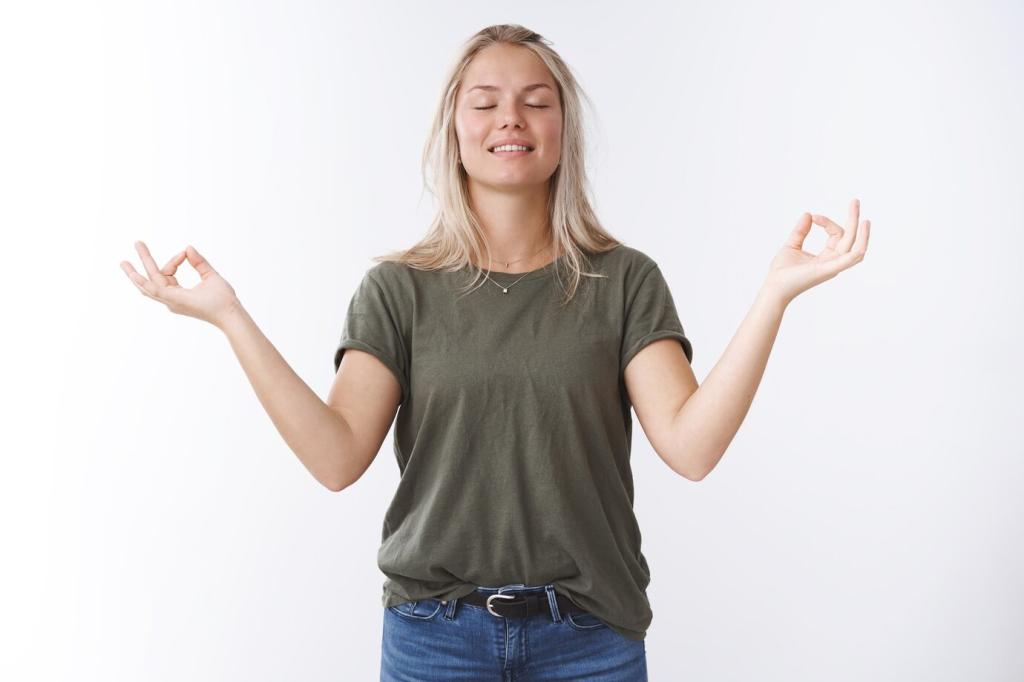Understanding Stress and the Mind–Body Connection
When stress rises, your sympathetic nervous system primes you to fight, flee, or freeze. Mindful yoga and meditation invite the parasympathetic response—slower breathing, steadier heart rhythms, softer muscles—so your body remembers safety. Notice your next exhale; lengthen it. Tell us below how it changes the way you feel.
Understanding Stress and the Mind–Body Connection
Anxious thoughts feed tension, and tense bodies echo anxiety. Mindfulness interrupts the loop by anchoring attention in breath, sensation, and kind noticing. Even three breaths create a foothold. Try it now, then share one word that describes your afterglow in the comments, and subscribe for weekly micro-practices.




